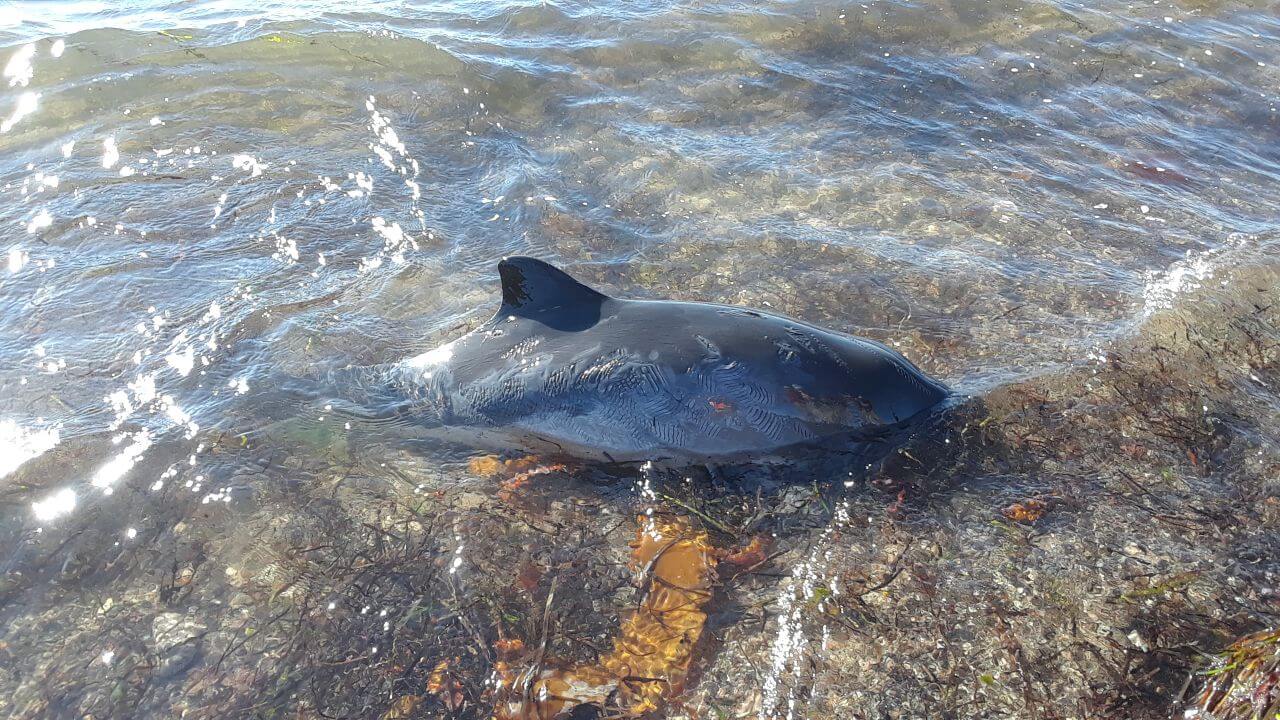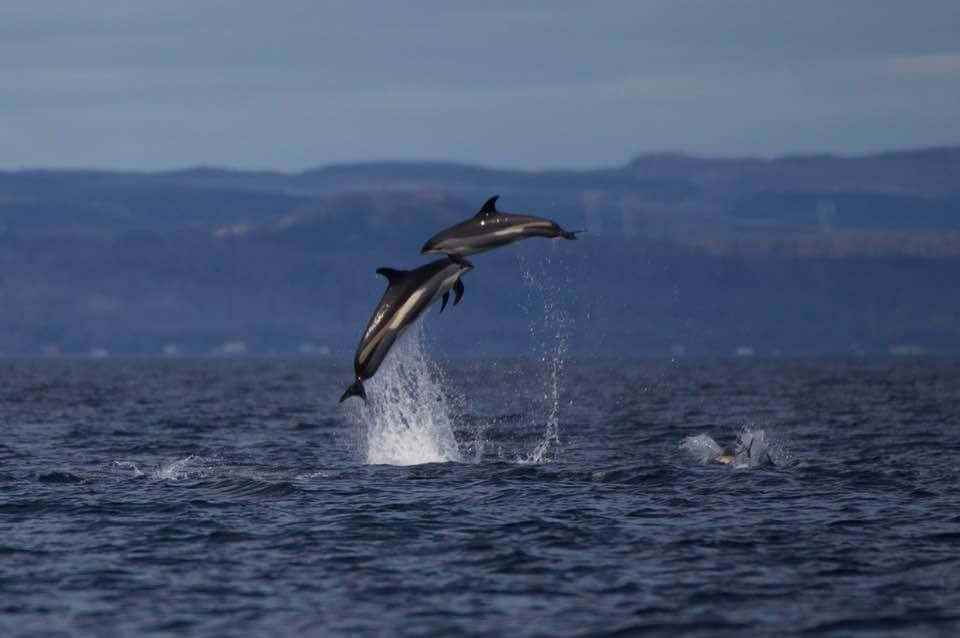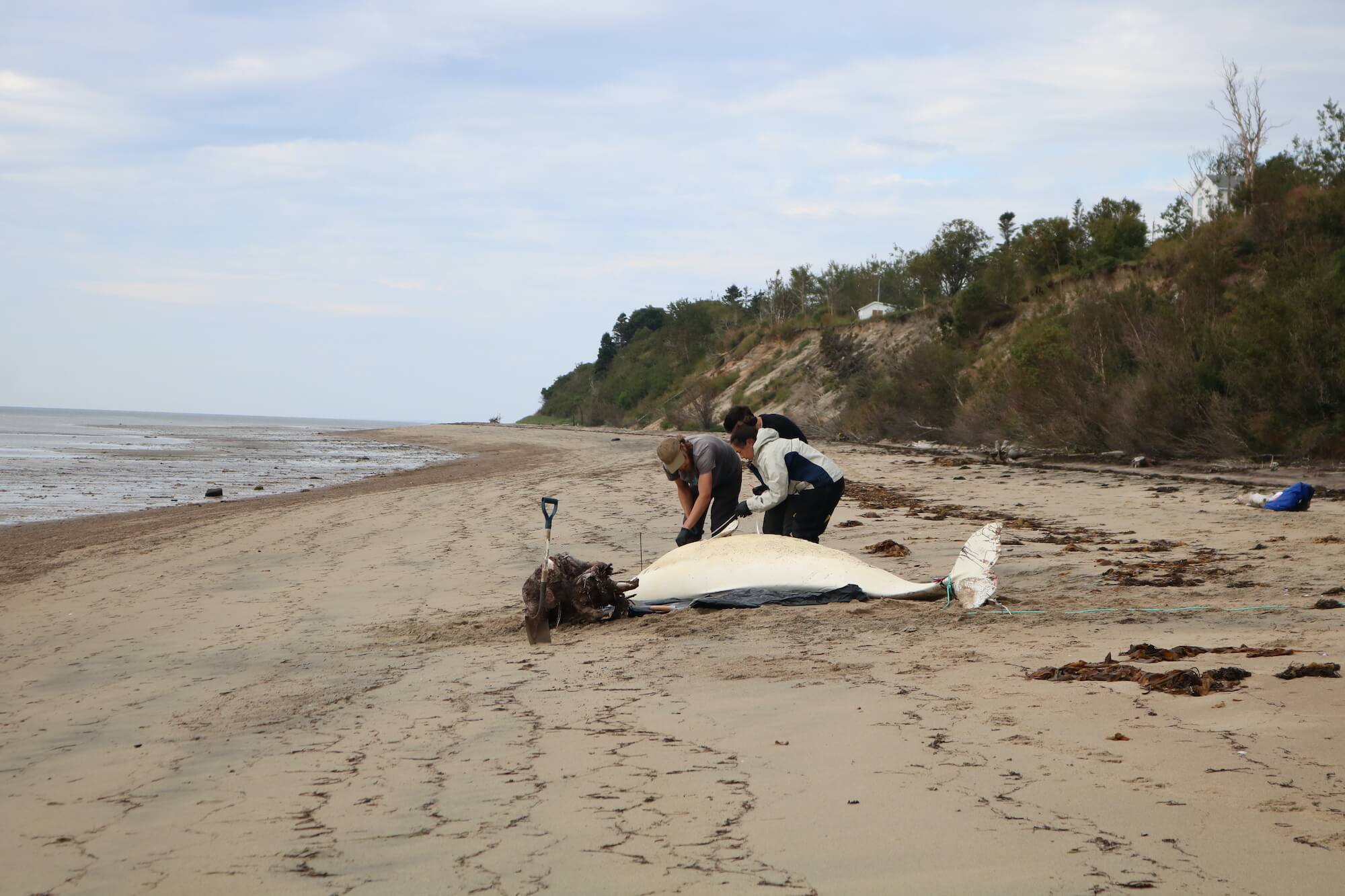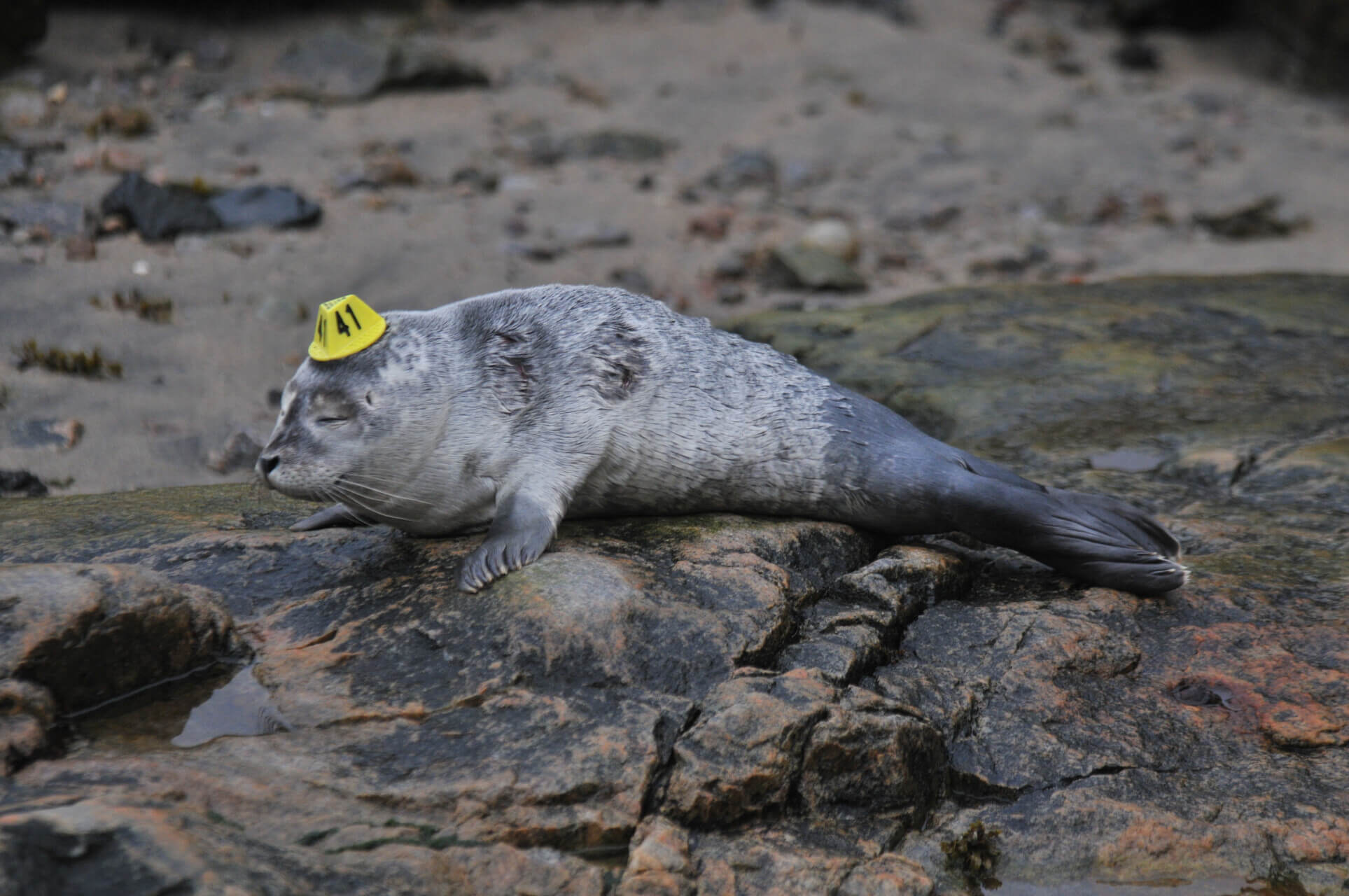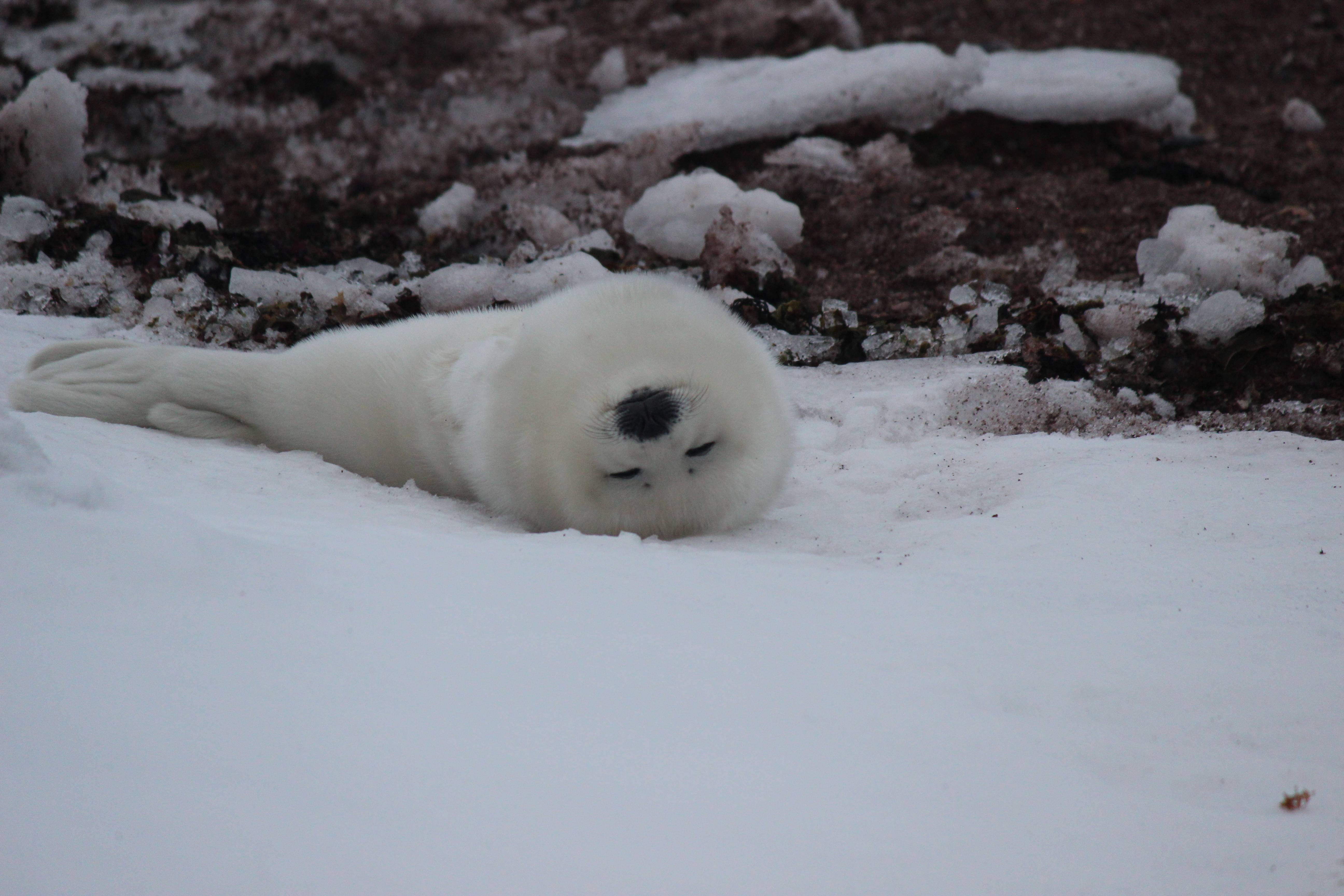For the harbour porpoise, human activities are not the only threats it faces. The smallest cetacean in the St. Lawrence is also the victim of attacks by other species of marine mammals. This is what happened to a young harbour porpoise found stranded alive last fall.
On September 24, 2020, a small harbour porpoise was found on the beach in Penouille in the Gaspé Peninsula. Three times, fishery officers specifically trained for this kind of maneuvre tried to get it back into the water. However, the animal repeatedly found itself back on the beach and was ultimately euthanized. The Quebec Marine Mammal Emergency Response Network recovered the carcass thanks to its new network of mobile teams. These teams can now cover a larger territory and respond to animals in difficulty whenever necessary and possible.
The harbour porpoise was therefore able to be examined at the Université de Montréal’s Faculty of Veterinary Medicine, in partnership with the Canadian Wildlife Health Cooperative and the Centre québécois sur la santé des animaux sauvages. The recently published necropsy results shed some light on the subject on dolphin attacks on harbour porpoises.
A brutal clash
Examinations showed that the porpoise was about 6 months old and not yet weaned. Notwithstanding the attack, it appeared to be in good health. Its skin showed numerous streaks made by teeth, sometimes deep enough to reach the dermis. The distance between the rows of tooth marks is consistent with the spacing between the teeth of the Atlantic white-sided dolphin (Lagenorhynchus acutus), a species that regularly frequents the St. Lawrence, and the striped dolphin (Stenella coeruleoalba), a more unusual visitor to the area.
After analyzing the carcass, veterinarians believe that the stranding of the young porpoise is linked to a “vicious wrangle” with a dolphin, most likely one or more white-sided dolphins. The wounds inflicted were too severe for the porpoise to survive.
When multiple rows of tooth marks are present, they are called “rake marks”. These marks are common on the skin of toothed whales and can be of variable depth depending on the nature of the interaction. A number of species use their teeth in social interactions.
However, this time the interaction did not go smoothly. The young harbour porpoise may have been chased, harassed and injured by one or more white-sided dolphins to the point of exhaustion. The interaction likely caused the calf to be separated from its mother.
Predation or mix-up?
Atlantic white-sided dolphins are not known to feed on harbour porpoises. Why attack a calf of this species then?
Attacks involving dolphins of different species have been recorded in both the Atlantic and the Pacific. In the St. Lawrence Estuary, another similar case of harassment and ultimately the death of a harbor porpoise was documented in 2012.
Hypotheses to explain this type of behaviour vary. It could be competition for the same food resources. Additionally, cases of infanticide have been documented in some dolphin species. By killing a calf, males can thus have easier access to a female during the breeding season. Did the attacking white-sided dolphin(s) mistake the female porpoise or calf for a member of their own species? This behaviour could also be a form of play or even “aberrant”, meaning it cannot be explained.
Little is known about interspecific interactions in cetaceans. Harbour porpoises are also occasionally attacked by grey seals. However, these are cases of predation where the grey seal actually feeds on the porpoise.
If you see a cetacean stranded alive, promptly call the Marine Mammal Emergencies hotline at 1-877-722-5346.
Learn more
- (2012) Larrat, S., Measures, L. N., et Lair, S. Rake marks on a harbor porpoise (Phocoena phocoena) calf suggestive of fatal interaction with an Atlantic white-sided dolphin (Lagenorhynchus acutus). Aquatic Mammals DOI: 10.1578/am.38.1.2012.86
- (2015) Leopold MF, Begeman L, van Bleijswijk JDL, IJsseldijk LL, Witte HJ, Gröne A. Exposing the grey seal as a major predator of harbour porpoises. Proc. R. Soc. B 282: 20142429. http://dx.doi.org/10.1098/rspb.2014.2429


